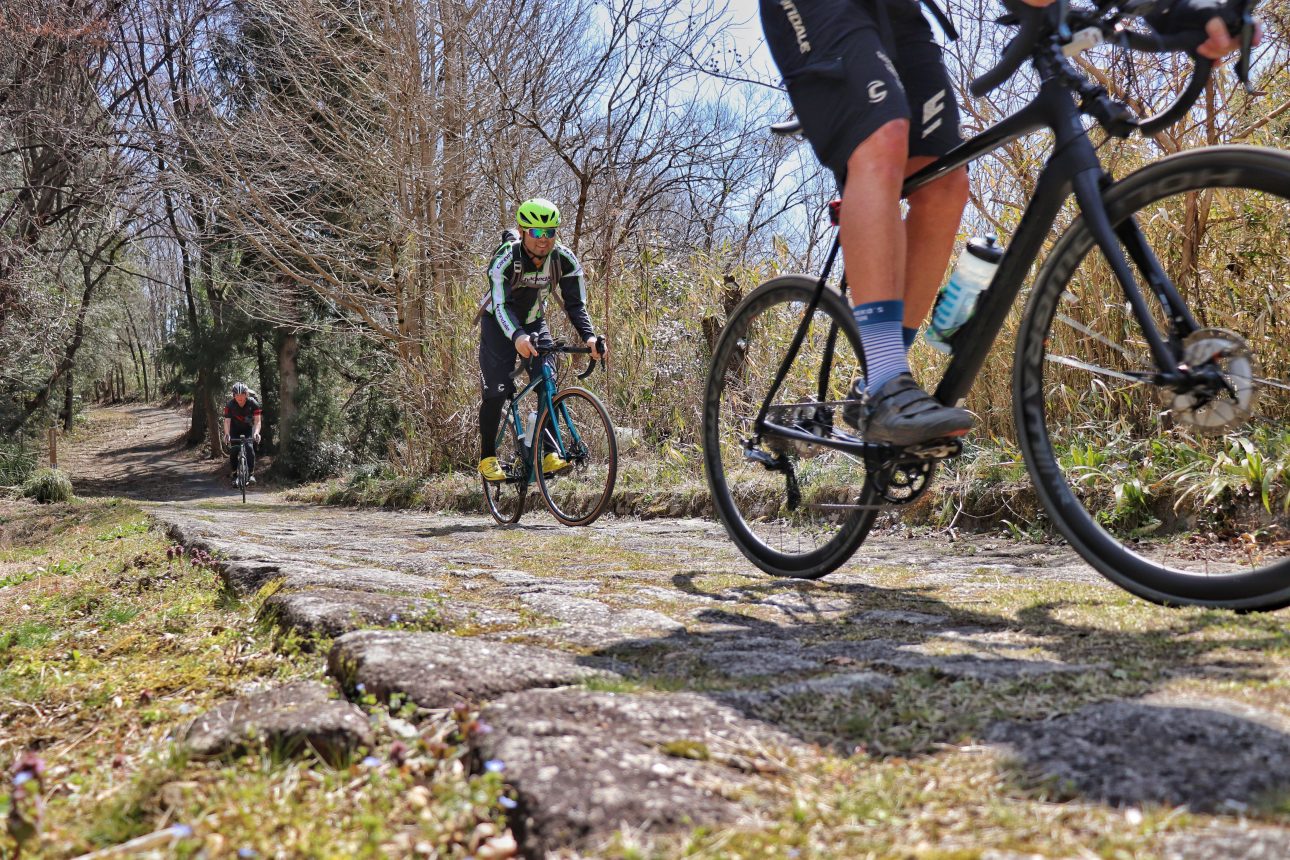


The Nakasendo Highway is thought to have been developed in the Edo period (1603-1868) and served as an important road connecting Edo (current-day Tokyo) with Kyoto. Its name means ""central mountain path,"" as it passes through many mountainous regions in central Japan.
The Nakasendo was the longest of Japan's five major historical highways and measured around 534 kilometers (332 miles). This lead to the creation of post towns (also called post stations) that dotted the distance of the highway and served as official inn towns where travelers would stay the night during their journey. There were a total of 69 post towns along the Nakasendo, and because the highway crossed southern Gifu east to west, 17 were in Gifu and can still be visited to this day.
Visiting these post towns, noted with the suffix ""-juku"" or ""-shuku,"" will have one feeling like they've been transported back in time to ancient Japan as many of them still contain the flavors of the Edo period. Walking down a cobblestone path through tightly knit wooden structures lining either side of you is an experience truly unique to the Nakasendo.
However, post towns are only half the fun of experiencing the Nakasendo; going off the beaten path and traveling from post town to post town, just as travelers in the past did, is a priceless adventure in itself. Exploring remnants of the original cobblestone road, which can still be found in many sections of the Gifu Nakasendo, will have you passing through forests and valleys, by waterfalls and historical sites, and alongside terraced rice patties and other picturesque scenery.
What are you waiting for? Grab a bike or pair of walking shoes and experience the Nakasendo!
- Nature & Activities
- Life & Culture
- Spring
- Summer
- Autumn
- Winter
Basic Information
| Website | Visit Website |
|---|


















 Twitter
Twitter
 Facebook
Facebook